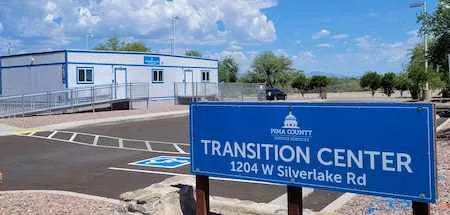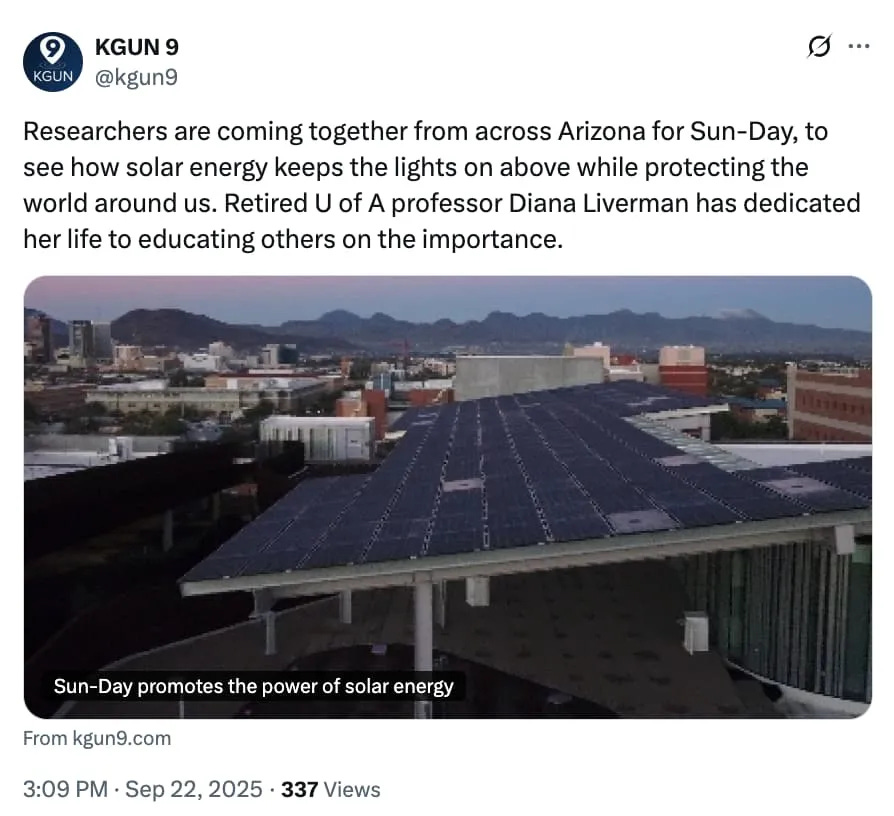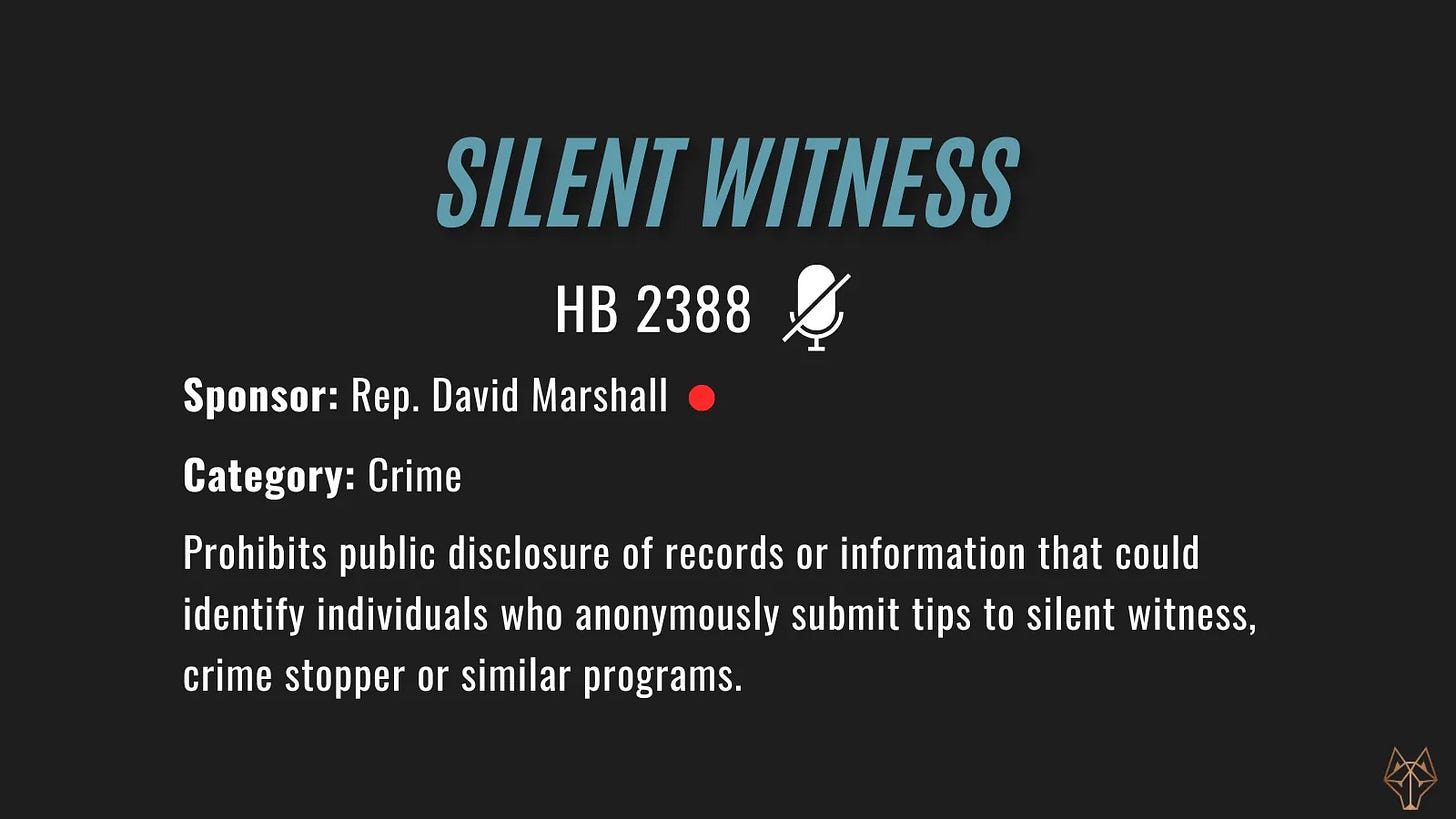Hamsterdam in the desert?
New proposal to address drug use … A Trump paradox … And calling all Canadians.
Has drug use in Tucson gotten so bad that it resembles “Hamsterdam” from The Wire?
One Tucson City Council member thinks it’s headed that way.
Nikki Lee has raised alarms about open drug use at bus stops, which have drawn growing complaints over the past year. At the same time, a third-party contractor tasked with cleaning bus stops, as well as policing “excessive loitering,” has stepped up efforts to clear out large groups hanging out at bus stops.
“Open fentanyl and drug use in public spaces such as parks, sidewalks, intersections, bus stops, and on public transit has become one of the top, if not the top, concerns raised daily by Tucson residents and businesses,” Lee wrote in her request to put the issue on today’s Council agenda.
Lee is asking her colleagues to consider a new citywide ordinance on public drug use, signaling she wants Tucson to take a more direct role in getting people into treatment. Her plan would push for those arrested primarily for drug use in public to be sent to treatment rather than “cycling repeatedly through the justice system.”
Her request also underscores a growing tension between the Tucson Police Department and the Pima County Attorney’s Office, which handles drug-possession cases.
“While state law prohibits possession of controlled substances, those cases are felonies that fall under the jurisdiction of the Pima County Attorney. In practice, small-scale possession and public use often go unprosecuted,” Lee wrote. “This leaves our police officers, businesses, and neighborhoods without an effective tool to respond to visible drug use in our community.”
We reached out to both the Tucson Police Officers Association and Laura Conover, but we didn’t hear back before our deadline.
Lee’s proposal also calls for future collaboration with the county-run Transition Center to make sure those arrested by TPD have access to services.
Critics say it’s unclear whether the City Attorney’s Office could handle a wave of new cases — or whether city magistrates, appointed by the Council, would support such a program.
For now, Lee is a constituency of one on the seven-member Council. We will see how the rest of the Council reacts to her proposal.
How much it might cost — or whether it could ultimately save money by reducing 911 calls — remains an open question.
You can tune in to watch today’s meeting, which starts at 11 a.m.
Four people are vying to fill Mike Rankin’s shoes as Tucson’s next city attorney, a position that answers directly to the City Council.
On Monday, the Council interviewed the short list:
Deputy County Attorney Sam Brown, who works for Pima County
Principal Assistant City Attorney Shilpa Hunter-Patel, who works for the City of Tucson
Chief Deputy City Attorney Roi Lusk, who works for the City of Tucson
Deputy Town Attorney Steven George Zraick, who works for the Town of Prescott Valley
The Council spent hours meeting with the candidates, so we expect the city will have a new top prosecutor soon.
Hard to say if they will stay with the city as long as Rankin, who spent more than two decades serving as city attorney for three mayors and several city managers.
Irony of ironies: The owners of a mine in the Patagonia Mountains are finding themselves caught between two Trump policies, the Arizona Daily Star’s Henry Brean reports. On the one hand, the Trump administration designated two of the minerals that will come from the Hermosa Mine, zinc and manganese, as essential to U.S. economic and national security. But the mine owners might lose some of their biggest U.S. customers, since the Trump administration has a grudge against the green energy sector that uses those minerals.
It’s looking a lot like 2019: A sprawling industrial site has popped up in the scenic San Rafael Valley southeast of Tucson as the Trump administration starts work on a 30-foot-tall steel border wall, the Star’s Emily Bregel reports. The valley was one of the few places along Arizona’s border with Mexico that wasn’t walled off during Trump’s first term. Back then, the Sky Island Alliance set up motion-activated cameras to track wildlife and show the area’s value as a conservation site. Since 2020, those 60 cameras have shown an average of just five people near the border each month.
Booking it to Tucson: Pima County’s new head librarian, Tess Mayer, sat down with the Tucson Sentinel’s Adrian O’Farrill to talk about moving to Tucson after working in Seattle and the Bay Area. She’s got a lot on her plate — from dealing with relocating the downtown library to the possibility of closing some branches. But she’s heartened by how much Pima County residents care about their libraries.
“I think it's important for us to look at libraries as community assets. These are collections of resources and spaces that belong to the community,” Mayer said.
Not going anywhere: The Republic’s Sarah Lapidus takes readers behind the scenes of Anita’s Street Market with owner Gracie Soto. The longtime, family-owned business on Tucson’s west side has survived for 40 years of business and a nefarious accountant who put them in a huge financial hole. Since then, the market has been designated as an endangered Latinx landmark and won a $50,000 historic preservation grant.
Click this button and we’ll stick around for 40 years, too.
Pecan problems: An explosion of pecan orchards in the San Simon Valley over the past 20 years has drained wells used by ranchers, farmers and residents, the Republic’s Clara Migoya reports. All that groundwater pumping for pecan orchards in Cochise County has also caused ground subsidence, which is wrecking some of the wells themselves.
Gov. Katie Hobbs signed 265 bills into law this year. And most of them become official on Friday.
So this week, we’re continuing our tradition of telling you about some of the most interesting laws coming your way.
Speaking of bills, we’re doing a series of webinars you can pop into to hear from your colleagues about how Skywolf, our legislative tracking software, can help your legislative workflow.
On Thursday, we’ll show you a workflow designed specifically for policy professionals working at municipalities.
On Friday, we’ve got a webinar designed specifically for associations.
How do you make a privately owned electric utility with billions of dollars nervous?
We’re not exactly sure — but the Canadian owners of Tucson Electric Power might be sipping a little extra Tim Horton’s1 these days as they try to stay alert for updates in the desert.
Today, the Tucson City Council is heading into executive session to talk about “matters before the Arizona Corporation Commission involving Tucson Electric Power.” That’s just the tip of the iceberg.
On the table for Council discussions:
Extending TEP’s franchise agreement, which voters will likely weigh in on next year
A legal fight over whether TEP should foot the bill to put some utility lines underground
Growing Council chatter about buying out TEP’s local assets to create a publicly owned utility2
And as for today’s agenda item? Our best guess is that it’s about TEP’s request before the Corporation Commission for 286 megawatts of power to serve Project Blue each year.
For those of you who don’t get that Tim Horton’s reference, including most of our staff, it’s basically the Canadian Starbucks. Joe is an honorary Canadian, so he knows that.
As we’ve previously reported, TEP has made it clear it would fight any takeover attempt in court.










Great work by councilmember Lee to shift the narrative and take balanced action. When it comes to the transit conversation, it’s important to differentiate between fare-free transit and safety at transit stops, even though some might hypothesize that one feeds into the other. She is wise to make that distinction and create policy to make transit safer now that fare-free transit appears to be here for good.
Completely agree. Well said.